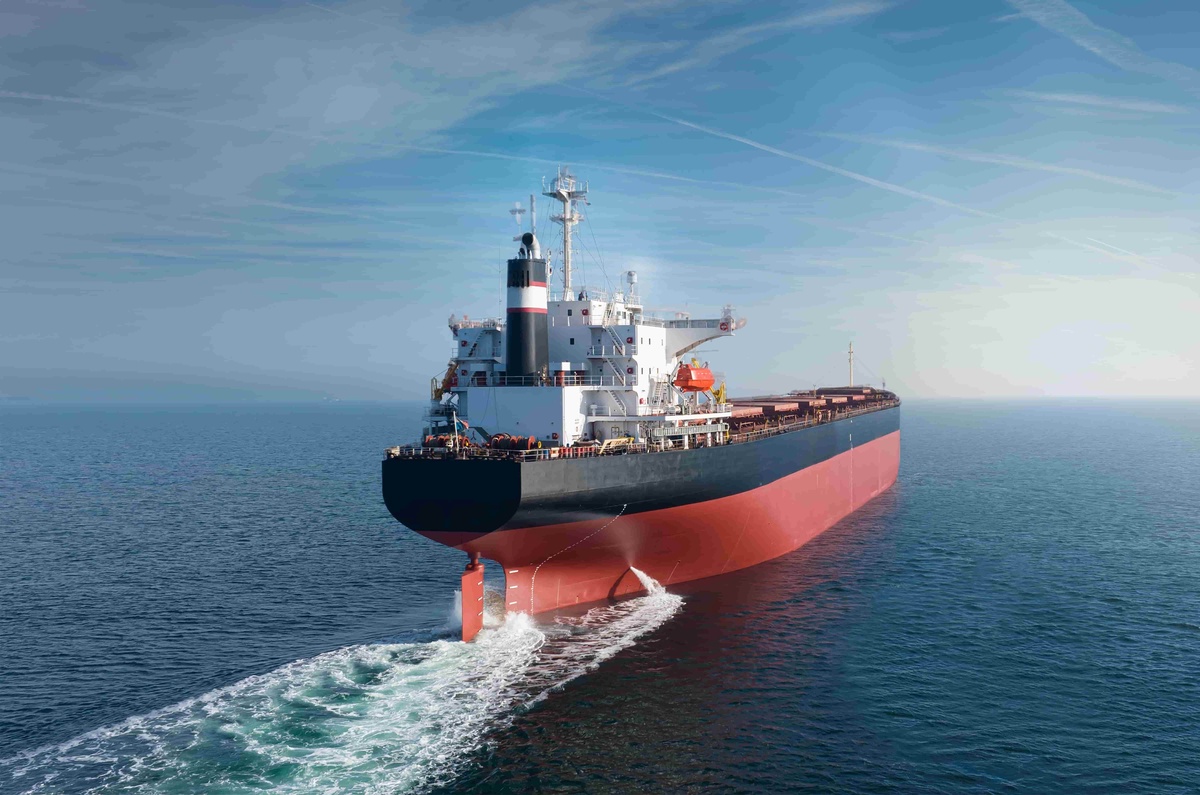In the vast expanse of global trade, few industries play as pivotal a role as dry bulk shipping. At the heart of this sector lies the transportation of commodities in large quantities, ranging from grains and minerals to coal and iron ore. While it might seem like a straightforward concept, delving into the intricacies of dry bulk shipping reveals a fascinating world shaped by economic trends, technological advancements, and geopolitical factors.
Understanding Dry Bulk Shipping
Dry bulk shipping involves the movement of unpackaged, homogeneous cargo, typically loaded directly onto the vessel's hold without the need for containers. This distinguishes it from other forms of shipping, such as container shipping or liquid bulk shipping. The commodities transported via dry bulk carriers are fundamental to various industries, serving as the building blocks of global commerce and infrastructure.
Key Commodities
-
Iron Ore: As a primary ingredient in steel production, iron ore constitutes a significant portion of dry bulk cargo. Major exporting countries like Australia and Brazil rely heavily on efficient shipping routes to deliver iron ore to industrial hubs worldwide.
-
Coal: Despite the push towards renewable energy sources, coal remains a vital energy resource for many countries. From powering electricity plants to steelmaking, coal transportation via dry bulk carriers continues to be in demand.
-
Grains: Wheat, corn, soybeans, and other grains are staples of the agricultural sector. Efficient transportation of these commodities is crucial for maintaining food security and supporting global food supply chains.
-
Minor Bulks: This category encompasses a wide range of commodities, including fertilizers, cement, minerals, and forest products. While individually less voluminous compared to major bulk commodities, their cumulative demand fuels a significant portion of dry bulk shipping activity.
Market Dynamics
The dry bulk shipping market is highly cyclical, influenced by factors such as economic growth, commodity demand, fleet capacity, and geopolitical events. Periods of robust demand lead to increased freight rates and vessel utilization, while downturns can result in oversupply and depressed rates.
-
Freight Rates: The Baltic Dry Index (BDI) serves as a barometer for dry bulk shipping rates, tracking the cost of transporting major bulk commodities on various shipping routes. Fluctuations in the BDI reflect changes in supply and demand dynamics, impacting the profitability of shipping companies.
-
Fleet Dynamics: The size and age of the dry bulk fleet play a crucial role in market equilibrium. Excessive vessel orders during periods of high demand can lead to fleet oversupply during downturns, prolonging market recovery cycles.
-
Regulatory Landscape: Environmental regulations, such as emissions standards set by the International Maritime Organization (IMO), influence vessel design and operational practices. Compliance with these regulations adds additional complexity to the operating costs of dry bulk carriers.
Technological Innovations
To adapt to evolving market conditions and regulatory requirements, the dry bulk shipping industry continually embraces technological innovations. From fuel-efficient vessel designs to digitalization initiatives improving operational efficiency, innovation remains a driving force behind the industry's resilience and sustainability.
-
Eco-Friendly Solutions: As sustainability takes center stage, stakeholders are exploring alternative fuels, such as liquefied natural gas (LNG) and biofuels, to reduce emissions and mitigate environmental impact.
-
Digitalization: The adoption of digital technologies, including advanced data analytics, predictive maintenance, and blockchain-based supply chain solutions, optimizes vessel performance, enhances cargo tracking, and streamlines administrative processes.
Future Outlook
While the dry bulk shipping industry faces challenges ranging from market volatility to regulatory compliance, its role in global trade remains indispensable. As economies continue to grow and infrastructure development projects unfold, the demand for raw materials transported via dry bulk carriers is expected to endure.
-
Infrastructure Investments: Initiatives like China's Belt and Road Initiative (BRI) and infrastructure projects in emerging markets drive demand for bulk commodities and shape shipping routes and trade patterns.
-
Energy Transition: The transition towards renewable energy sources and sustainable practices presents both challenges and opportunities for the dry bulk shipping sector, as the composition of cargo transported evolves.
In conclusion, dry bulk shipping serves as the backbone of global trade, facilitating the movement of essential commodities that power economies and sustain livelihoods worldwide. While navigating the seas of market volatility and regulatory complexities, the industry continues to adapt, innovate, and chart a course towards a sustainable and prosperous future.


No comments yet